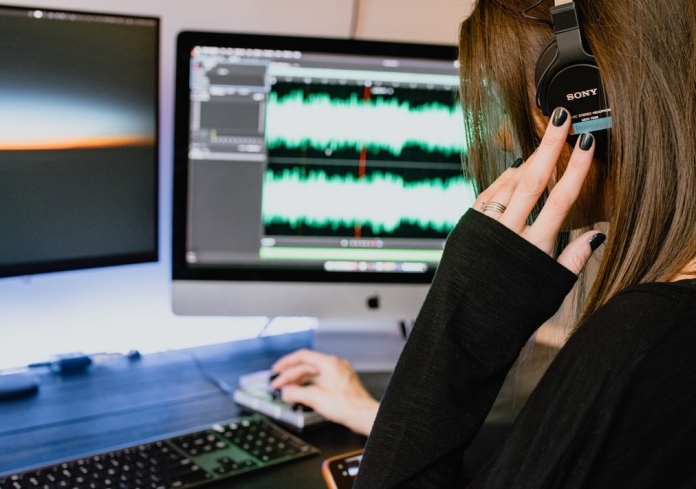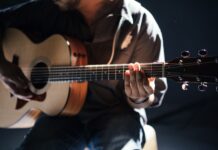Creating different types of content (written, audio, video content) for different platforms always comes with a certain risk. If your job involves this kind of creativity, you probably know how important copyright protection is, and that you can never be careful enough. The competition is getting bigger in each and every field, so sometimes people decide to do some unethical things in order to stand out and reach fame. Copying audio and songs is not uncommon, so if you are creating this type of content, it is necessary to find a way to protect it from theft. This has become possible with audio watermarking. Implementing audio watermarks into your music will ensure the security of your property and prevent copying by other content creators. Let’s talk more about what audio watermarking is and how does it work.
What is an audio watermark?
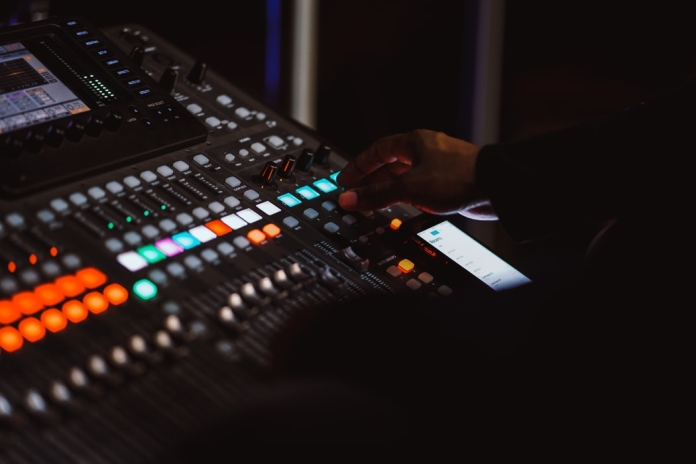
You’ve probably heard of watermarks in photos and videos. They are very common in applications used for processing. You may have been in a situation where you felt frustrated because a watermark was pasted over your Instagram photo, which completely spoiled the concept you had. However, there are clear reasons why watermarks are used so often. In addition to giving app creators the opportunity to promote themselves, they also protect their copyrights. And the same story applies to the audio watermark used to identify copyright ownership.
How does this work?
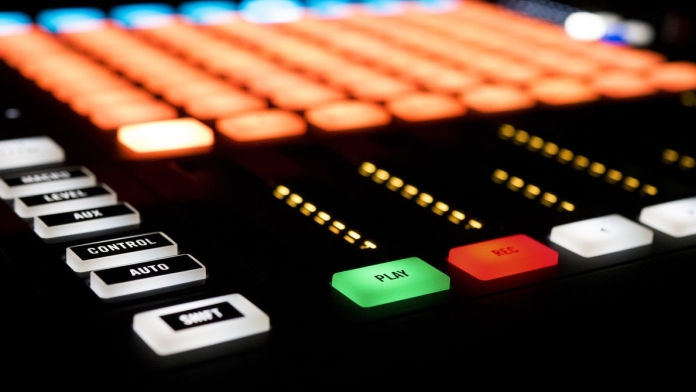
An audio watermark is actually data that is embedded in audio code, and which is very difficult to eliminate, even when the music is re-encoded. Since the information is embedded in the audio signal itself, when it is copied, this information passes along with it. It is a kind of identifier of the original sound that can be very significant in situations where there is a potential theft, ie, copying someone’s audio content. Given the amount of content that is created nowadays on a daily basis, copyright protection is becoming a real thing and it is necessary to do everything to ensure the protection and verification of ownership when it is necessary.
Intrasonics offers the ability to embed audio watermarks as part of an encoding process (called audio watermarking) that provides the ability to identify the original audio whenever you need it.
Benefits of using audio watermarking
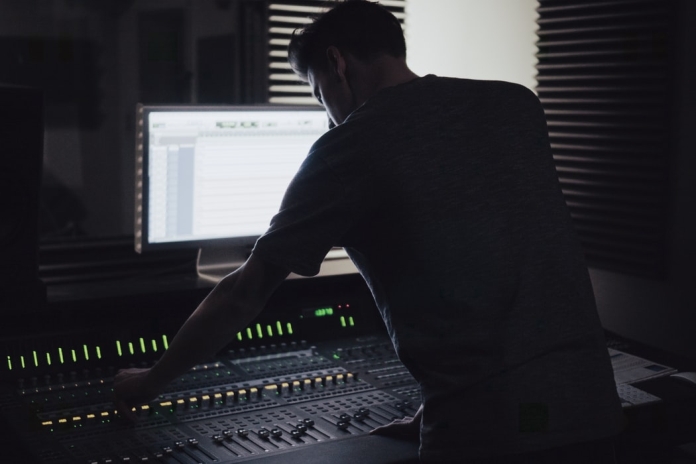
It does not change the sound
The first thing audio content creators think when they hear about audio watermark is whether the code will affect the sound quality. Because, if their original content can’t reach the listeners, then what’s the point? And we couldn’t agree more. However, audio watermarking does not change the sound in any way. Yes, the audio code changes, but the only one who can notice it is the computer. The human ear will not notice any difference between the audio recordings before and after watermarking, so you can be carefree. Audio watermarking will provide you with maximum benefits without compromising the quality of your original content. Win-win!
Copyright protection
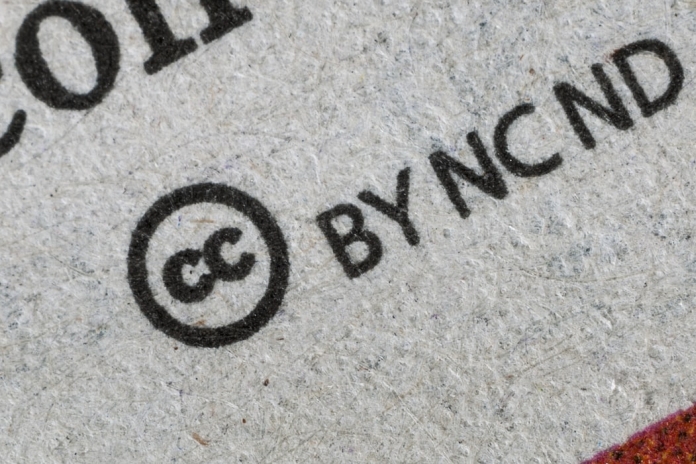
As mentioned, the main reason you want to use audio watermarking is to protect your copyright and prevent theft and copying of your audio content. You have probably had the opportunity to hear the same sound in several different songs, and in most cases this means that the artist has not protected his original content in an adequate way. In such situations, all the work of the creators of the original content was in vain, because someone else can use the music that they diligently created.
And this is where audio watermarking comes into play. You can avoid these annoying situations by embedding code in your content that will be recognized by your computer every time someone tries to copy it. This even applies to situations where re-coding has been applied. It is simply beyond the reach of human abilities to steal someone’s content and make it unrecognizable even next to an audio watermark.
What happens if someone tries to steal your audio content?
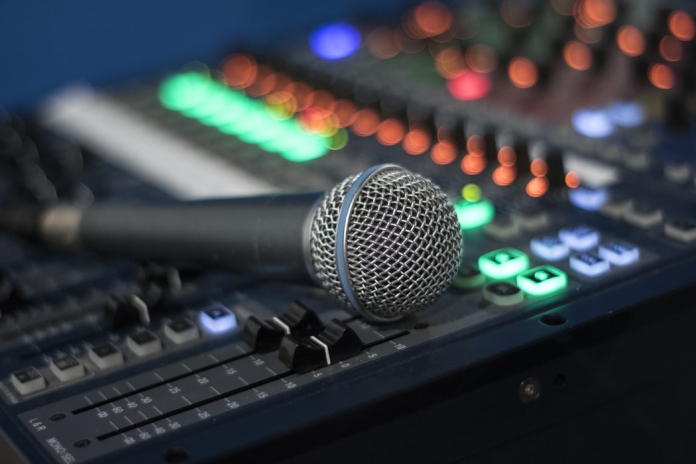
Once another creator copies your content and tries to publish it on one of the platforms, the computer will recognize the audio watermark and immediately notify the company that installed the code in your audio. After that, you will most likely receive a notification from them and be able to decide what you want to do next. One of the options is to ask the other artist to remove the copied content, and the other option is to sue them. Remember, once your audio track goes through the audio watermarking process it becomes legally yours and you have every right over it. This is the best way to maximally protect your original content and be 100% sure that it is your property and that no one will steal it.
Provides analysis
The useful application of audio watermarking does not end only with copyright protection. You can also use this code to track the distribution of your audio tracks and use this data for analytical purposes. For example, you can use an audio watermark to track how many times your audio has been shared across different platforms. There is no more useful information than listener feedback, and this can be a simple, effective way to get to them. With audio watermark, you can decide what kind of audience is sharing your content and who you should target the next time you release some new music content. So, audio watermarking can be a great way to collect statistics, understand your audience, and make better decisions for your business in the future.
Conclusion
Jobs that involve creating written, video or audio content are very creative and fun, but also carry a high risk of stealing and copying original content. Things like this happen on a daily basis online and if you are a content creator you need to take steps to ensure that your original audio content remains secure. Audio watermarking involves embedding code in an audio signal that protects copyright and prevents theft. Once this code is embedded in the audio track, the computer will recognize it every time someone tries to publish the copied music. We definitely suggest you consider this option because it will allow you to maximize the protection of your content, and also enjoy many other benefits that audio watermarking offers.

